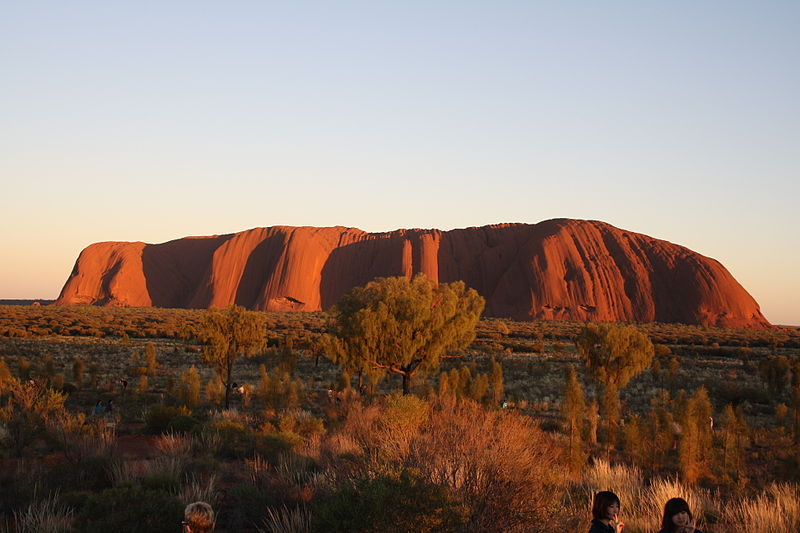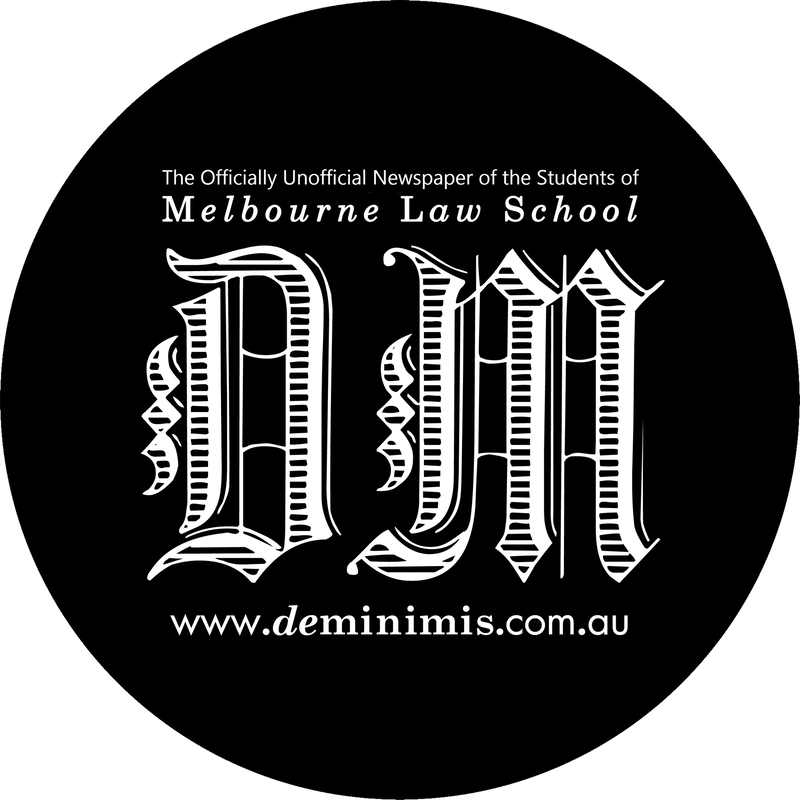|
Issue 8, Semester 1 By Valerie Ng On April 9th, Indigenous leaders and constitutional law experts convened a panel at Melbourne Law School on the Uluru Statement from the Heart, a sincere proclamation of unceded Indigenous sovereignty. They pieced together the issues and motivations surrounding Indigenous sovereignty in Australia, and in particular, the effects of the Uluru statement. Two of the panellists, Indigenous advocates Thomas Mayor and Jill Gallagher, were part of the process surrounding the statement, and spoke powerfully as to its importance. The Uluru Statement was formulated at the Uluru Convention last May, a three-day event that drew hundreds of Indigenous leaders and experts for a forum that consisted of discussion, consultation and conflict. “Scepticism about the project was rife”, constitutional expert Cheryl Saunders said, “[which] made it remarkable that the Statement was achieved by full consensus.” On the final day, when the Uluru Statement of the Heart was read out, Mayor described that “the entire room stood as one, and endorsed the statement.” He described it as “a profound moment of hope.” Gallagher echoed this sentiment. “It’s so true,” she added. “After I read the Uluru Statement… it was a profound moment of hope, for black Australia.” The Uluru Statement from the Heart calls for concrete constitutional reform to put a First Nations voice in the Constitution, so as to ‘take a rightful place in our own country’. It also calls for an agreement between the government and First Nations people, established through a Makarrata Commission. Makarrata has been translated as the Yolngu word for ‘treaty’, but is imbued with greater complexities: it embodies the action of resolution, negotiation, agreement, of peace after conflict; ‘the coming together after a struggle’. Following this was Malcolm Turnbull’s formal rejection of the proposal in October, where he insisted instead on symbolic recognition. It was against this backdrop that the panel spoke and pleaded for change. “If we just settle for symbolism in Australia’s Constitution,” says Gallagher, “it’s not the right thing to do. We need to continue to advocate and we need the rest of the Australian public to support the Uluru Statement. It’s a very minimal ask.” And she’s right—compared to other Commonwealth countries, the Uluru Statement proposals are quite modest. Professor Kirsty Gover gave comparisons with New Zealand and Canada, in which settlers also vastly outnumber indigenous peoples. In New Zealand, parliament reserves Māori seats, where representatives have to be Māori people or people of Māori descent. In Canada, protection of indigenous rights are enshrined in section 35 of the Constitution. In Australia, there is nothing comparable. “This is a serious deficit, relative to our peer countries”, said Gover. “The Uluru proposals can help close that deficit.” According to Jill Gallagher AO, such a deficit is also being addressed at a state level. Gallagher is now working as a Victorian Treaty Advancement Commissioner, and spends her time continuing the conversation with Aboriginal people in Victoria, and providing the state government with a representative body fully elected from Victorian aboriginal communities. This would be the first treaty between an Australian state and its Aboriginal residents. She stresses the importance of instituting such a treaty, whether state or nationwide. “A treaty process is not about taking someone’s backyard. It’s about agreement making. It’s about land. It’s about culture. It’s about recognition. And it’s about telling the truth”, she told us. “Anything that’s worth fighting for, it’s not easy. And we have to hang in there, we have to continue. I am confident that Victoria will have treaties with its First People and we will be the first.” Consultation between Indigenous and non-Indigenous people is also significant, said Professor Adrienne Stone. She stated that the proposed Uluru changes “could only be answered by Indigenous people in dialogue with the rest of the people in Australia.” We are currently at the beginning of consultations, and the beginning of a new fight succeeding the Uluru Statement. Following the panel, it does seem as though we are merely at the start of a long journey. Despite this, the hope, impetus, and sense of expectation in the room was palpable—and it feels inevitable that Australia will soon achieve some semblance of justice—that we will give rise to an adequate Aboriginal voice, to constitutional reform, and to Indigenous sovereignty.
Sceptic
24/4/2018 06:57:16 pm
Keep banging on about sovereignty but the proposed constitutional reform would not amount to this. It would basically be a constitutionally protected ATSIC 2.0, an advisory body with no lawmaking power and no veto power over government legislation, and ATSIC was abolished because it was ineffective and corrupt. Comments are closed.
|
Archives
October 2022
|



